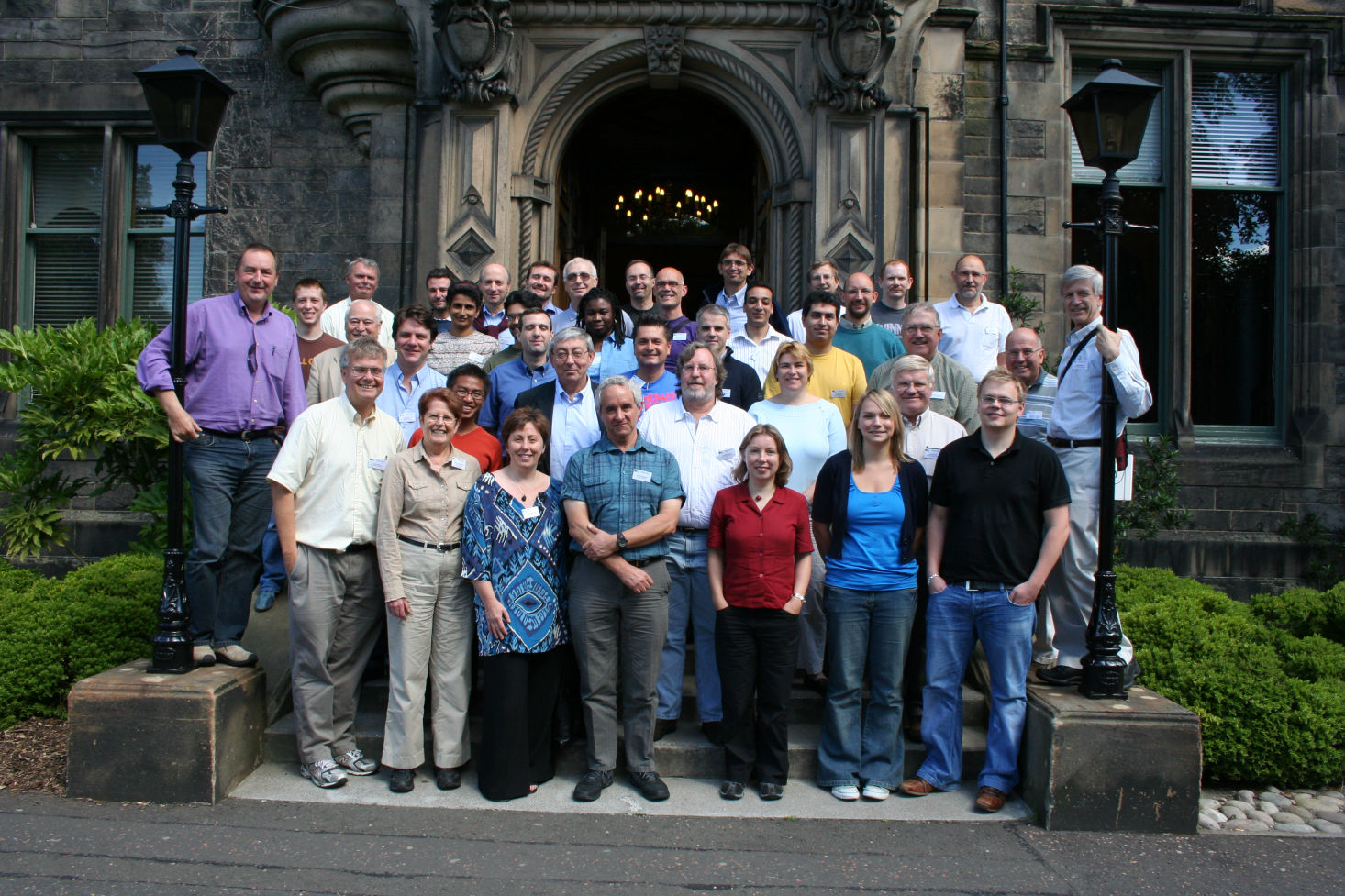

This interdisciplinary workshop on Mathematical Virology has brought together high-profile researchers as well as young scientists and research students from the disciplines Mathematics, Biophysics and Biology, to discuss experimental and theoretical challenges at the forefront of virology. A collaboration of these disciplines is key for our understanding of the mechanisms underlying viral diseases. This workshop focused on important aspects of virus research such as the structure and physical properties of viruses, their formation, the structure and injection of the viral genomic material, and viral evolution. The workshop has shown how theoretical approaches, such as mathematical and biophysical techniques, can make a real impact on research in virology, and that also approaches from pure mathematics are very relevant in this context. As a result of this workshop, a number of new collaborations were formed within and across discipline boundaries, and new experimental and theoretical approaches were inspired. The meeting has intensified the interdisciplinary dialogue between the leading groups in that area, and has sparked crucial new insights that ultimately lead to new developments with impact on the greater public, for example, via anti-viral drug design or applications in gene therapy and bio-nanotechnology.
As at the previous meeting, the workshop created an interdisciplinary forum for mathematicians, mathematical physicists, biophysicists and biologists to discuss open problems at the forefront of virology research. Key topics included the understanding of virus architecture and maturation, virus assembly, and the packaging structure and mechanisms of the genetic material. Many new approaches were represented at the second workshop, reflecting the increasing and widening interest in the scientific community in this area of research. Most notably, from a mathematical point of view, applications of knot theory, topology and new group theoretical approaches were represented at this meeting. From a biological perspective, increased resolution structures from many viral systems are providing unprecedented access to details on the nanometer scale. This has made possible, for example, novel insights in to the structure of packaged viral genomes. Such developments form the basis for a better understanding of virus assembly and viral evolution, and bring us closer to the aim of developing novel strategies for anti-viral therapeutics. The proceedings of the workshop have been published as a special issue of the journal Computational and Mathematical Methods in Medicine.